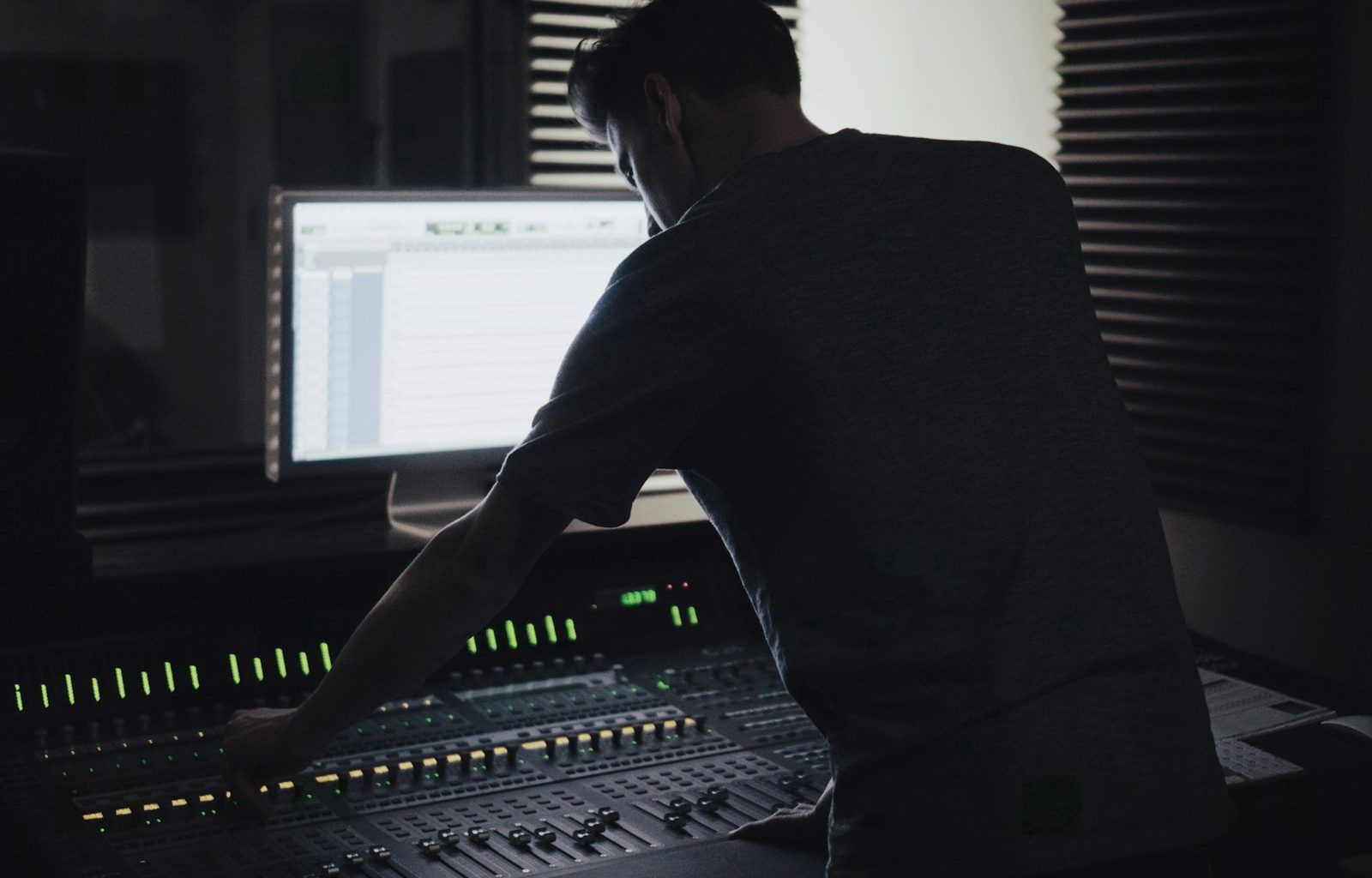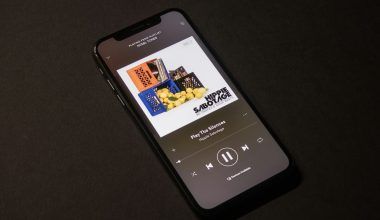The digital music landscape offers endless opportunities for artists, but one of the most exciting aspects is the ability to monetize your track on all digital stores quickly. With the right approach, you can transform your music into a steady income stream. This guide will walk you through every step you need to take, from preparation to execution, so you can earn money from your music without unnecessary delays.
Why Monetizing Your Music Matters
If you’re an artist, your music deserves recognition, but it also deserves to generate revenue. Monetizing your tracks allows you to:
- Earn passive income while focusing on creativity.
- Reach a global audience across multiple platforms.
- Maintain financial independence.
Today’s digital platforms like Spotify, Apple Music, and Amazon Music make it easier than ever to get your music out there. However, knowing how to do it efficiently can make all the difference.
Preparing Your Music for Digital Distribution
Before jumping into monetization, it’s essential to prepare your tracks properly.
Create High-Quality Audio
First impressions matter. Ensure your audio files meet industry standards by mastering them professionally. Digital platforms often require specific formats like WAV or FLAC.
Organize Metadata
Metadata refers to details like song title, artist name, album title, and release date. Accurate metadata ensures your tracks are searchable and properly attributed, which is crucial for monetization.
Design Eye-Catching Cover Art
Your track’s cover art is often the first thing listeners notice. Invest in visually appealing, professional artwork that reflects your music’s theme.
Choosing the Right Digital Distributor
To monetize your track on all digital stores quickly, partnering with a reliable digital distributor is non-negotiable. Distributors act as the bridge between your music and platforms like Spotify, Apple Music, and Deezer.
Popular Digital Distributors
- Deliver my tune: Known for its ease of use and extensive reach.
- CD Baby: A veteran in digital distribution with robust tools for artists.
- DistroKid: Offers unlimited uploads for a flat fee, making it budget-friendly.
- Amuse: Ideal for independent artists with its free tier.
Compare their pricing, features, and royalty structures to find the one that suits your goals.
Licensing Your Music
Licensing ensures you retain control over your music while earning royalties. There are two types of licenses to consider:
Mechanical Licenses
These cover royalties for reproducing and distributing your music. Digital stores often handle these automatically, but it’s essential to understand how they work.
Performance Licenses
These come into play when your music is streamed or played in public settings. Joining a performance rights organization (PRO) like ASCAP, BMI, or PRS ensures you collect these royalties.
Uploading Your Track to Digital Stores
Once your music is ready and you’ve chosen a distributor, the next step is uploading your track. Follow these tips to ensure a smooth process:
Check Platform Requirements
Each platform has specific guidelines for audio formats, metadata, and cover art. Familiarize yourself with these to avoid delays.
Optimize Your Release Date
Timing matters. Releasing on a Friday aligns with global music release schedules and increases your chances of being featured on playlists.
Use Pre-Save Campaigns
Pre-save campaigns allow fans to save your track before its release. This boosts initial streams and signals algorithms to promote your music.
Maximizing Revenue Streams
Monetizing your track on all digital stores quickly isn’t just about uploads—it’s about strategy. Here’s how to diversify your revenue streams:
Leverage Streaming Platforms
Streaming platforms like Spotify and YouTube Music pay royalties based on plays. Focus on driving traffic to these platforms by promoting your music consistently.
Sell Your Music
While streaming generates income, direct sales via platforms like Bandcamp allow you to keep a larger share of the revenue.
Sync Licensing
Sync licensing involves placing your music in films, TV shows, or commercials. This can generate significant income and boost your exposure.
Crowdfunding and Fan Support
Platforms like Patreon and Buy Me a Coffee let fans support you directly. Offer exclusive content to make it worth their while.
Promoting Your Track
Promotion is a vital part of monetization. Without it, your music might get lost in the sea of new releases.
Build an Online Presence
Use platforms like Instagram, TikTok, and Twitter to connect with fans and promote your track. Consistent engagement builds trust and loyalty.
Collaborate with Influencers
Partnering with influencers can expose your music to a wider audience. Choose influencers who align with your brand for better results.
Submit to Playlists
Playlists are powerful tools for gaining streams. Submit your track to popular curators on Spotify, YouTube, and Apple Music.
Utilize Ads
Platforms like Facebook and Instagram offer targeted ad campaigns that can drive traffic to your music.
Monitoring Your Earnings
Once your track is live, it’s important to track your earnings. Most digital distributors offer dashboards with real-time analytics, showing:
- Total streams and downloads.
- Earnings by platform.
- Audience demographics.
This data helps you refine your strategy and focus on platforms where you perform best.
Overcoming Challenges
Monetizing your track on all digital stores quickly isn’t always smooth sailing. Here are some common challenges and solutions:
Low Streams
Solution: Focus on marketing and playlist placements. Engage with fans consistently to build momentum.
Delayed Payments
Solution: Understand your distributor’s payment schedule and plan accordingly.
Copyright Infringement
Solution: Register your music with a content ID system to protect it from unauthorized use.
Staying Consistent
The music industry rewards persistence. Keep creating, releasing, and promoting your tracks. The more music you have available, the higher your earning potential.
Conclusion
To monetize your track on all digital stores quickly, preparation, strategy, and consistency are key. By focusing on high-quality production, choosing the right distributor, and promoting effectively, you can turn your music into a reliable income stream. Whether you’re an independent artist or part of a band, these steps ensure you maximize your earning potential across platforms.
Now is the perfect time to take charge of your music career. Start monetizing your tracks today and watch your passion pay off!
For further reading, explore these related articles:
- Famous Hollywood Singers (Female): A Journey Through Iconic Voices
- Exploring the Life and Legacy of Chara, the Iconic Singer
For additional resources on music marketing and distribution, visit Deliver My Tune.






